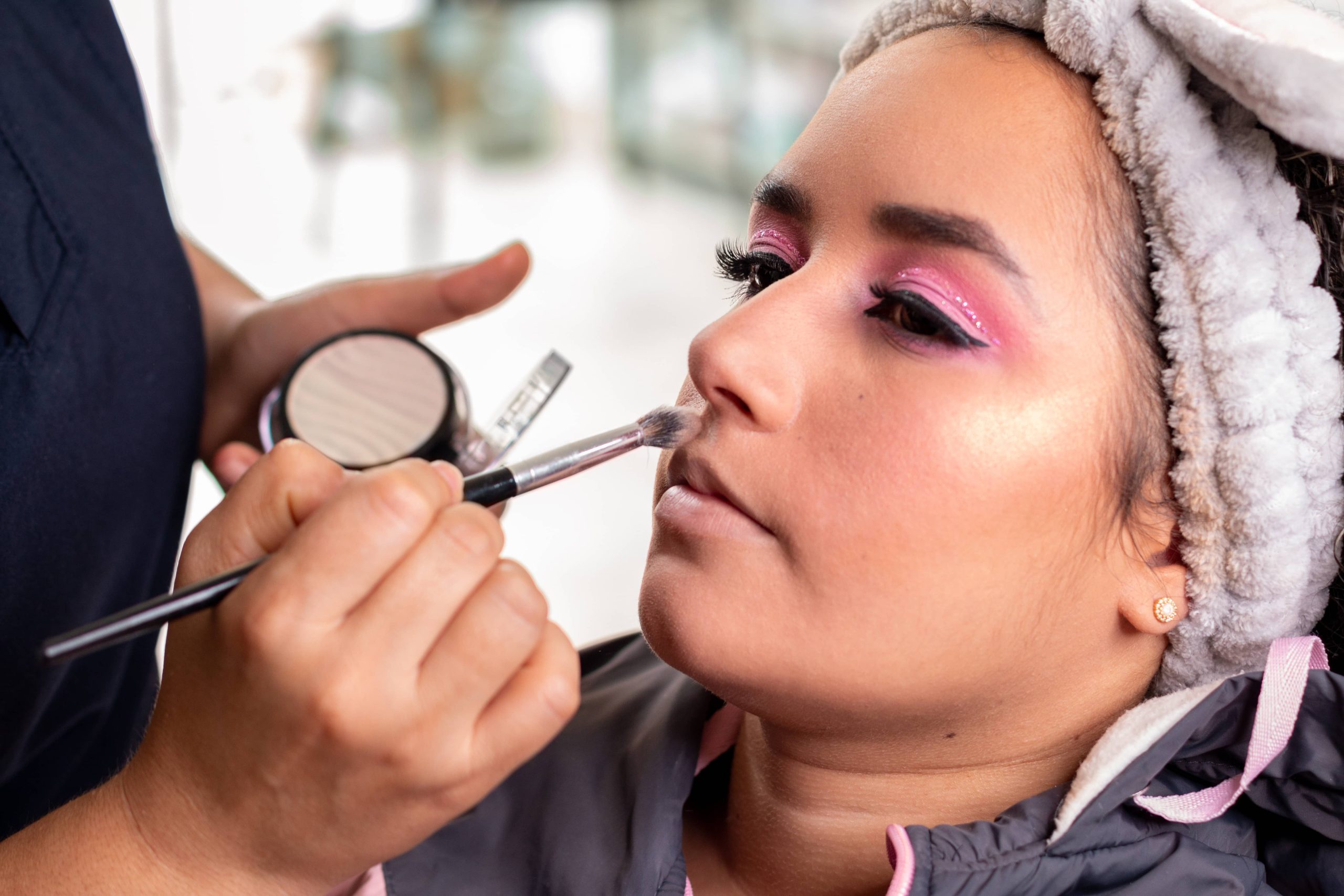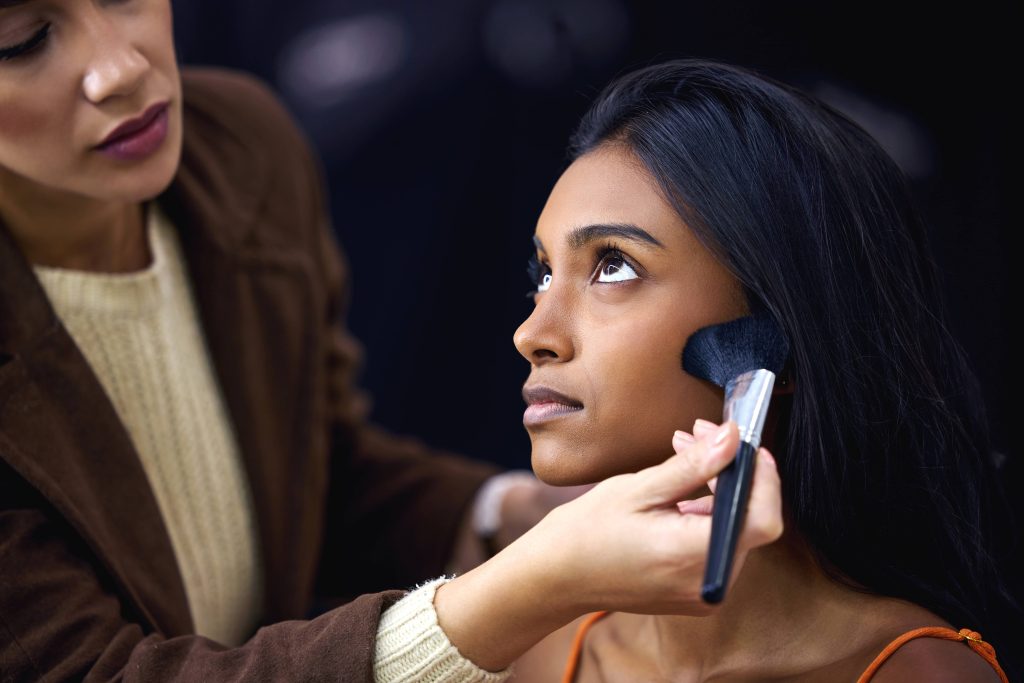
In the world of makeup, where vibrant eyeshadows and bold lip colors often steal the spotlight, the art of achieving a natural makeup look remains an evergreen trend. The allure of this style lies in its simplicity and elegance, offering a fresh-faced aura that enhances one’s natural beauty rather than masking it. Ideal for daytime outings, professional settings, or simply when you want to feel like the best version of yourself, the natural makeup look focuses on enhancing your features in a subtle, understated way. In this detailed guide, we’ll walk you through the steps to mastering this timeless trend.
1. Prepping Your Canvas: Skincare First
A flawless natural makeup look starts with a well-prepped face. Think of your skin as the blank canvas upon which you will work your magic. Begin with a gentle cleanser to ensure your skin is clean and free of any impurities. Follow up with a good moisturizer suitable for your skin type – whether oily, dry, combination, or sensitive. This step is crucial because a hydrated face provides a smooth and even base for your makeup to adhere to, preventing patchiness.
Ensure that you’re using a primer after moisturizing. A primer helps to blur pores and fine lines, creating a smooth base for foundation or concealer. It also ensures longevity, so your makeup will last throughout the day without needing constant touch-ups. Opt for a primer that has a subtle sheen or light-diffusing particles to give your skin a healthy, dewy glow.
2. A Lightweight Base: Foundation or BB Cream
The base of natural makeup should be lightweight and breathable. Full coverage isn’t the goal here; instead, we’re aiming for a sheer, even tone. Depending on your preference and skin condition, choose either a tinted moisturizer, BB cream, or a lightweight foundation.
Apply the product using your fingers or a damp makeup sponge for the most natural finish. Focus on blending the product evenly across your face, gently working it into the skin. If you have areas that require more coverage, such as blemishes or redness, dab a bit more product in those spots instead of layering excessively everywhere else.
3. Subtle Concealing
Natural makeup doesn’t mean ignoring imperfections, but rather concealing them subtly. Use a concealer that matches your skin tone to cover any dark circles, blemishes, or redness that the lightweight foundation may have missed. Remember, less is more when it comes to concealer. Use your fingertip or a small brush to blend the edges, making sure it adapts seamlessly into your foundation.
4. Blush and Bronzer: Warmth and Dimension
A touch of blush and bronzer can add warmth and dimension to your skin, enhancing your natural complexion. Opt for a cream or powder blush in a soft, rosy hue that complements your skin tone. Lightly apply it on the apples of your cheeks and blend upwards along your cheekbones for a soft, natural flush.
Bronzer, when applied with restraint, can mimic the sun’s natural kiss on your skin. Use a large fluffy brush to apply bronzer where the sun naturally hits your face: across your forehead, cheekbones, and jawline. This can also add some contouring when applied gently under your cheekbones.
5. Highlighting: Subtle Glow
Highlighting is crucial for a natural makeup look. Instead of going for intense highlighters often used for dramatic looks, choose one that gives a subtle, luminescent glow. Apply it on the high points of your face – the tops of your cheekbones, the bridge of your nose, your cupid’s bow, and the brow bone. This highlights your facial structure without being overpowering.
6. Eyes: Define without Overdoing
To enhance the eyes naturally, focus on subtle definition. Start by grooming your brows; they frame your face and can make a significant difference. Use a brow pencil or powder that matches your natural hair color to fill in any sparse areas, following your natural brow shape.
For the eyelids, soft neutral eyeshadows in beige, taupe, or light brown can add depth without being too noticeable. Use a soft blending brush to apply a wash of color across your lids. If you desire more definition, apply a slightly darker shade in the crease.
Mascara is your best friend for a natural look. Opt for black or brown mascara – depending on your natural lash color – and apply a single coat to both the upper and lower lashes. The aim is to lengthen and define rather than create volume or drama.
7. Lips: Enhance Your Natural Tint
The lips in a natural makeup look should mirror the subtlety seen elsewhere on the face. Choose a lip balm with a hint of tint or a nude lipstick that enhances your natural lip color. If you prefer a glossy finish, a clear or lightly tinted gloss can add a fresh look.
8. Setting the Look
To ensure your look lasts all day, use a setting spray or a light dusting of setting powder. If you opt for powder, choose one that’s translucent to avoid adding extra color or texture to your face. This helps set your makeup without taking away the natural dewiness achieved through the steps above.
9. Final Touches: Less is More
As you finalize your look, remember to evaluate and adjust as needed. Being heavy-handed can quickly turn a natural look into something more made-up. If any area looks too intense, use a clean makeup sponge or brush to diffuse the product.
The beauty of a natural makeup look is that it’s all about enhancing what you already have. It’s a celebration of your individual features, radiating beauty from within. By following these steps, you’ll not only master the technique of natural makeup but also embrace a look that’s effortlessly you.



